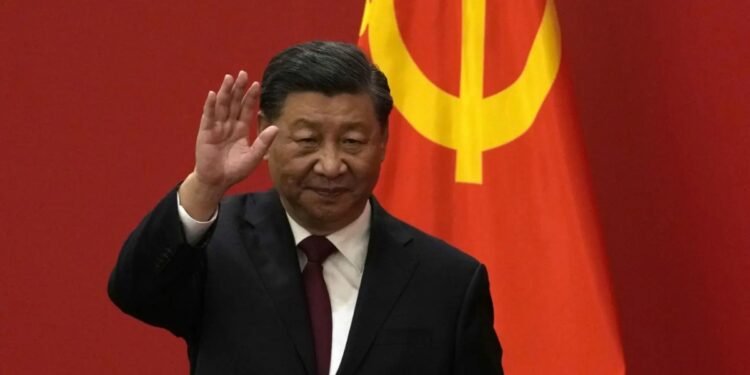China on Friday raised the tariff on US products to 125 per cent from 84 per cent, which it said will take effect on Saturday.
In the wake of US President Donald Trump’s tariffs reaching 145 per cent, China on Friday raised the tariff on US products to 125 per cent from 84 per cent. China has said that its new tariffs will take effect from Saturday. The Chinese Commerce Ministry said that Beijing has also filed a lawsuit with the WTO following the US tariff hikes. Earlier, China had retaliated with 84 per cent levies and imposed restrictions on imports of some US films, expressing its interest in holding dialogue with Washington to resolve the issue. Notably, China is the only country which retaliated against Trump’s tariffs.
Tariffs on China go up to 145 per cent
On Wednesday, Trump authorised a 90-day pause in his sweeping tariffs on most countries, except China, with a 125 per cent tariff on Chinese products. The 125 per cent tariff soars to 145 per cent, given the 20 per cent duty introduced earlier this year, citing Beijing’s alleged involvement in the fentanyl supply chain.
Meanwhile, China has started to reach out to other nations as the US imposes more tariffs in what appears to be an attempt to form a united front to compel Washington to retreat.
China has refused to seek talks, saying it would “fight to the end” in a tariff war, prompting Trump to further jack up the tax rate on Chinese imports to 125 per cent.
China claims to remain prepared for Trump’s tariffs
While Trump’s higher-than-expected tariffs caught other countries by surprise, China claims that it remains prepared, as it learnt a lesson from its previous tariff dealings during Trump’s first term. Beijing has responded swiftly to Trump’s tariffs with a package of tariff and non-tariff measures.
After Trump slapped his first round of tariffs on China in 2018, Beijing’s leaders have reportedly developed a toolkit of tariffs, import curbs, export controls, sanctions, regulatory reviews and measures to limit companies from doing business in China.
These tools are designed to counter the US if the Chinese economy and businesses get threatened by any trade move by the US government.
(With inputs from AP)


